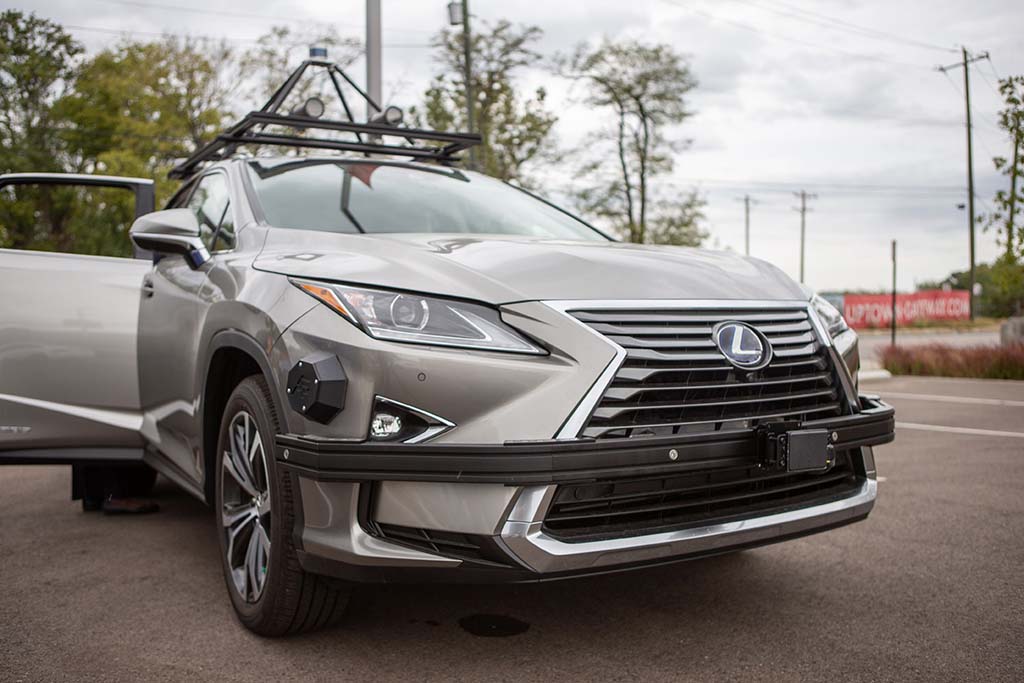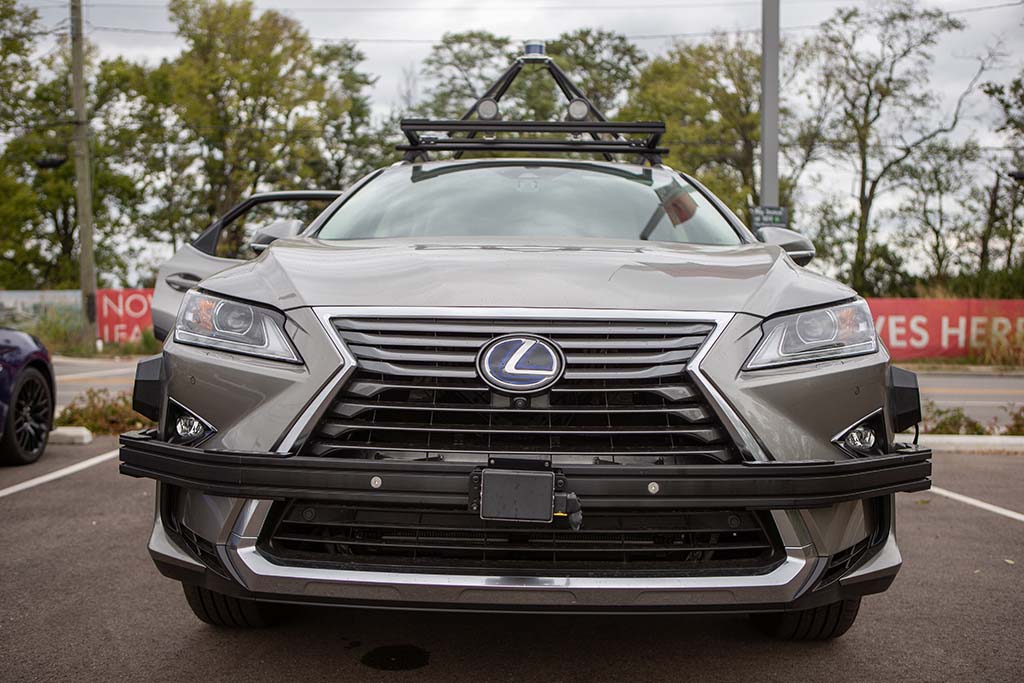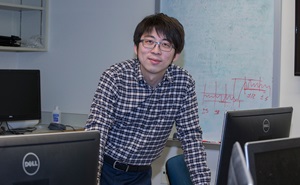AGRICULTURE
Students and faculty at the University of Cincinnati’s Next Mobility Lab are working across disciplines and with other researchers beyond the institution’s corridors to develop the next generation of automated and connected vehicles. That group includes local and state agencies, such as the Drive Ohio program at the Ohio Department of Transportation, as well as private partners, all working together under the umbrella of the Greater Cincinnati Advanced Transportation Collaborative. And the work includes a critical tool supplied by AutonomouStuff: a small fleet of Lexus RX450h Automated Research Development Platforms.



Photos: Andrew Higley/University of Cincinnati Creative Services
 We can’t just work with a simulation,” said Jiaqi Ma, director of the lab and collaborative. “With this vehicle, we are able to work in the real world, with real sensors, to really understand automated behavior.”
We can’t just work with a simulation,” said Jiaqi Ma, director of the lab and collaborative. “With this vehicle, we are able to work in the real world, with real sensors, to really understand automated behavior.”
The university will deploy the automated vehicles as both test subjects and data gathering tools, Ma said. Researchers will test automated driving algorithms using Autoware software on a closed course, while taking to the open road with the lidar, radar and cameras to collect traffic data. That information will be used to train and further refine the software, with a particular focus on developing algorithms to predict the behavior of other drivers.
Funded in part by a major U.S. Department of Transportation grant, the studies include cutting-edge communication technology allowing vehicles to connect with each other and properly equipped components of the roadway infrastructure itself. That technology has great potential for Automated Driving Systems already in commercial production, some in passenger vehicles. At the core of this concept and its potential next-generation applications, the university is using the CARMA Platform, which also is compatible with AutonomouStuff’s proprietary by-wire platforms.
The university’s Advanced Transportation Collaborative also plans to bring automation to the masses, starting with the deployment of automated technology near the university and equipping of traffic signals with communication equipment to encourage vehicle to infrastructure (V2I) connectivity. Plans eventually include deployment of an automated shuttle to service a smart transit center in Cincinnati’s Uptown Innovation Corridor.